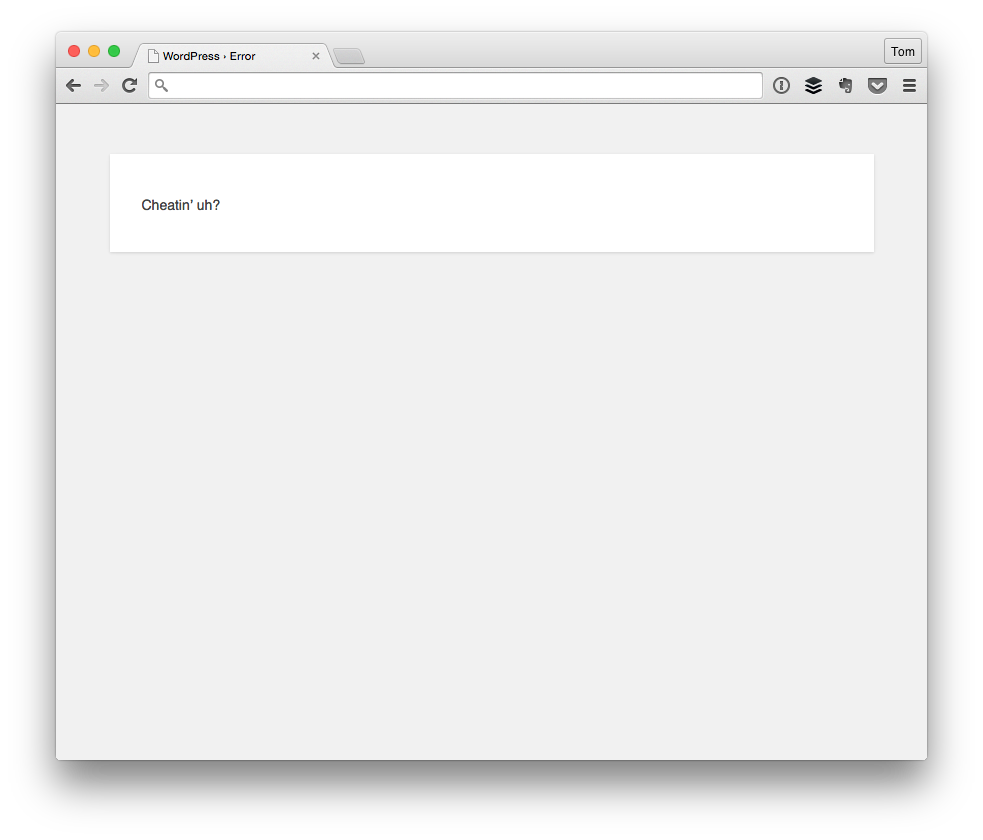Whenever we’re in the process of teaching a new idea to someone – be it if you’re a teacher, a TA, maybe a professor (I have no idea what this is like) – I’ve found that it always helps to take the approach from the absolute base case and then work up to something more advanced.
In the series on the WordPress Settings API that I’m currently working through, that was the plan; however, after last week’s final set of comments, I think the series is either going to be a little bit longer than expected, or is going to result in more questions than expected.
This is a good thing – the comments I received thus far ended up pre-empting some of the material that I was going to cover.



